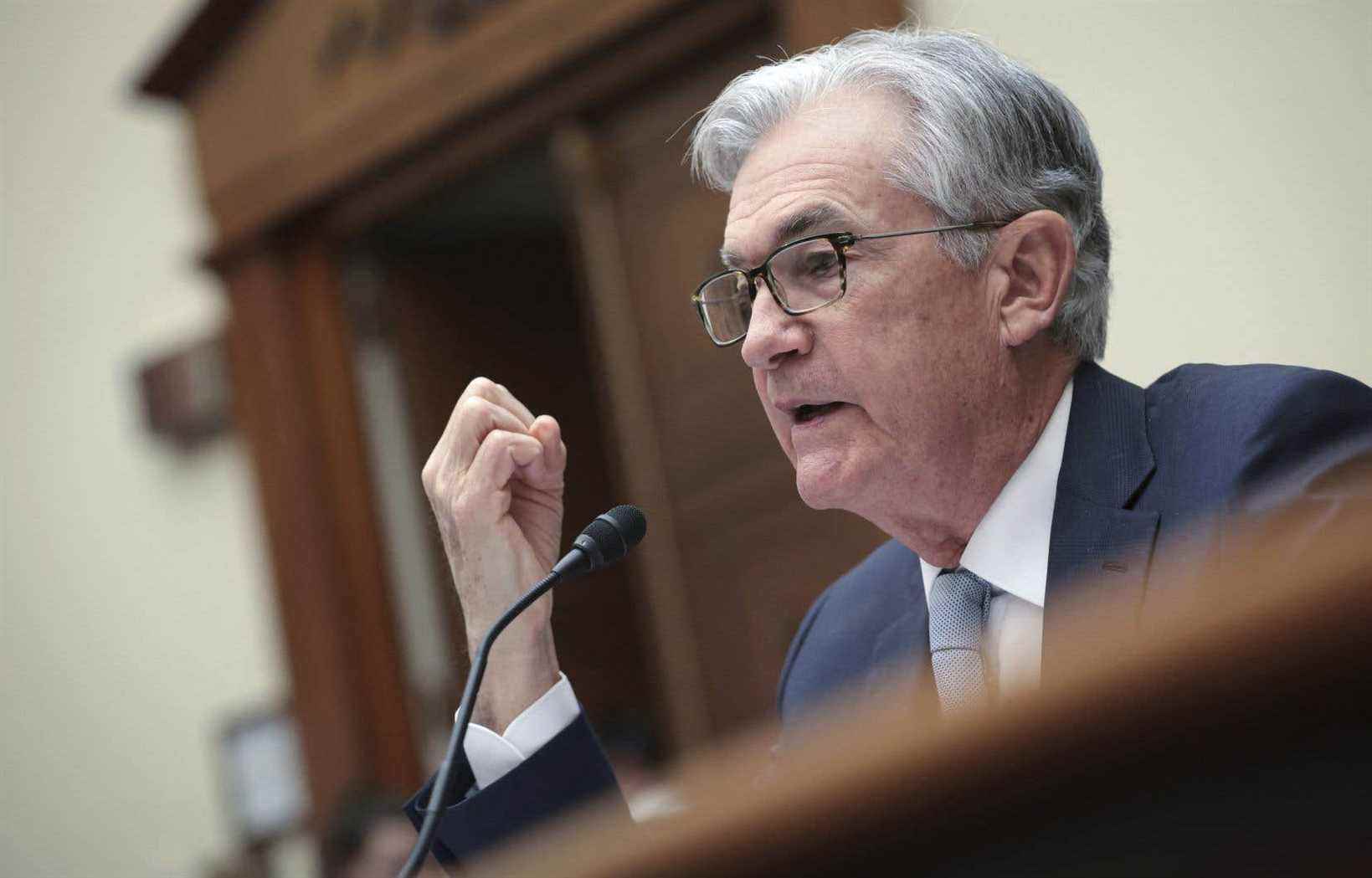The US Federal Reserve will raise interest rates as much as necessary to keep inflation in check.
U.S. central bank leaders had been signaling for some time that they intended to raise interest rates this week for the first time since the end of 2018. They weren’t lying: the U.S. Monetary Policy Committee the Fed (FOMC) announced on Wednesday an increase in its key rate by a quarter of a percentage point, thus taking it from its floor value, where it had been lowered at the start of the COVID-19 pandemic, to a rate now between 0.25% and 0.50%.
What was less expected was the degree of determination that the Fed was going to express as to its intention to maintain its momentum as long as it did not regain control of inflation. In their updated economic and financial projections, FOMC members now forecast that the Fed’s key rate will be around 2% at the end of the year, the equivalent of a quarter point in each of the remaining six meetings — and double what they were still predicting last December.
But the Fed does not intend to stop there. It expects not only to reach what it considers its long-term neutral rate (2.4%) next year, but even exceed it (to 2.8%), to enter a zone where monetary conditions would act as a brake on economic activity, and will remain there at least until 2025. It also intends to start reducing the size of the reserves of financial assets built up during the crisis as part of its quantitative easing measures , “much faster and much earlier” than we had done during the last recession, indicated at a press conference its president, Jerome Powell.
Tame inflation
All of this should help bring inflation closer to the 2% target, but not hit it right away, FOMC members agree. Propelled to a 40-year high of 7.9% in February by “pandemic-related supply and demand imbalances, higher energy prices and general pricing pressures”, notes the FOMC, inflation is unlikely to begin to decline until the summer and will still hover around 4.3% at the end of the year, 2.7% at the end of next year and 2 .3% in 2024.
Economic growth, for its part, should slow down sharply, from 5.5% last year to, not 4%, as we still believed in December, but rather 2.8% this year and around 2% the next two years. Already “very tight”, the labor market should remain strong despite everything, said Jerome Powell, with an unemployment rate that we see remaining at 3.5%.
All of these scenarios can, of course, still be upset by circumstances, the Fed warned. Starting with “Russia’s invasion of Ukraine”, which could add to inflationary pressures and weigh on growth, at least in the short term. Jerome Powell, however, felt that “the US economy is strong and ready for such a rise in interest rates”.
The initial reaction of financial markets shows that they may not agree and that there are fears that the central bank will be forced to curb its momentum to avoid plunging the United States back into recession, observed in a brief analysis by TD Bank economist James Orlando.
Certainly, expect the Bank of Canada to follow the Fed closely, said CIBC colleague Avery Shenfeld. Raised from 0.25% to 0.5% at the beginning of the month, its key rate should, according to the latter, thus stop at around 2.25% next year.
